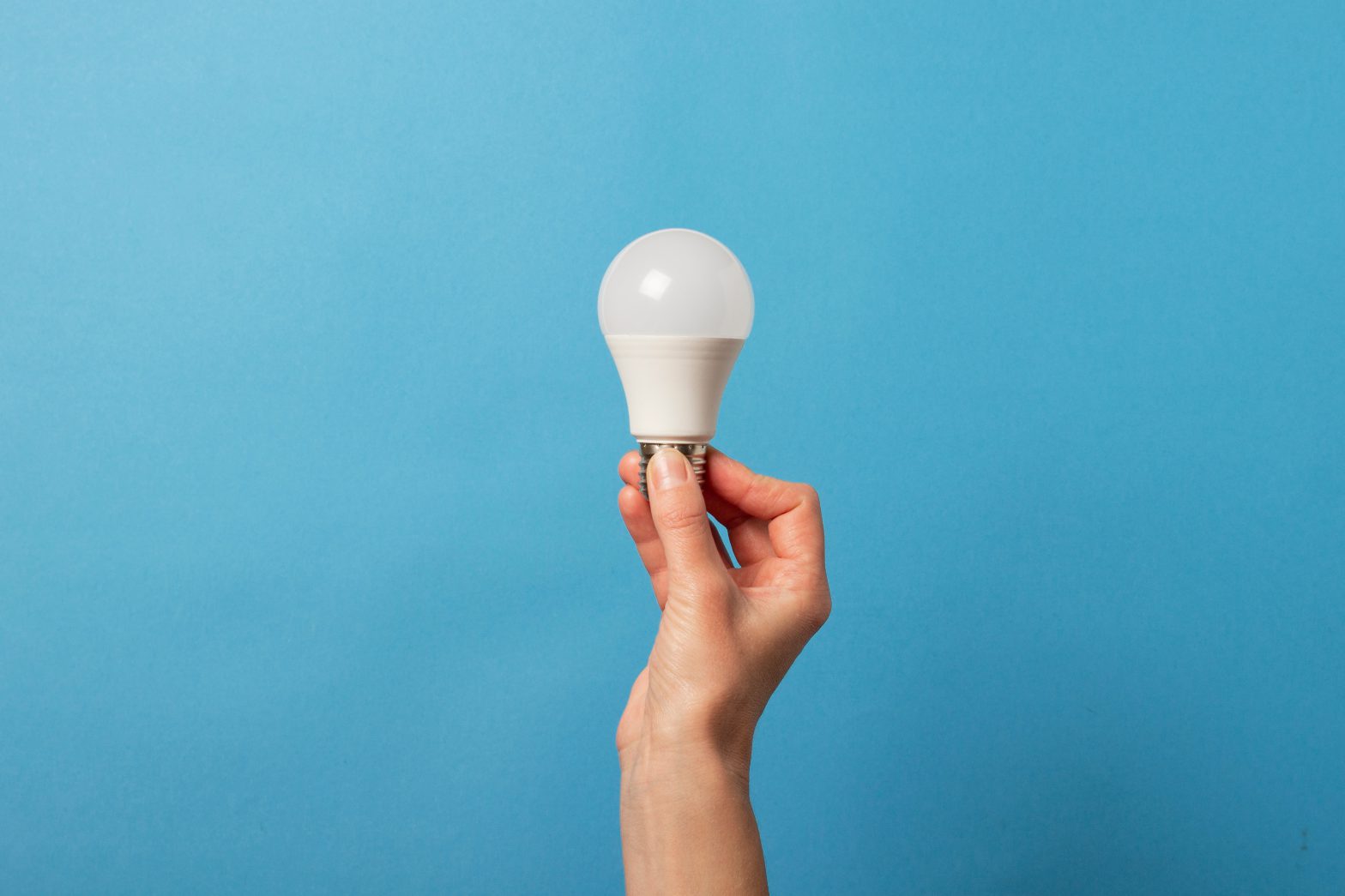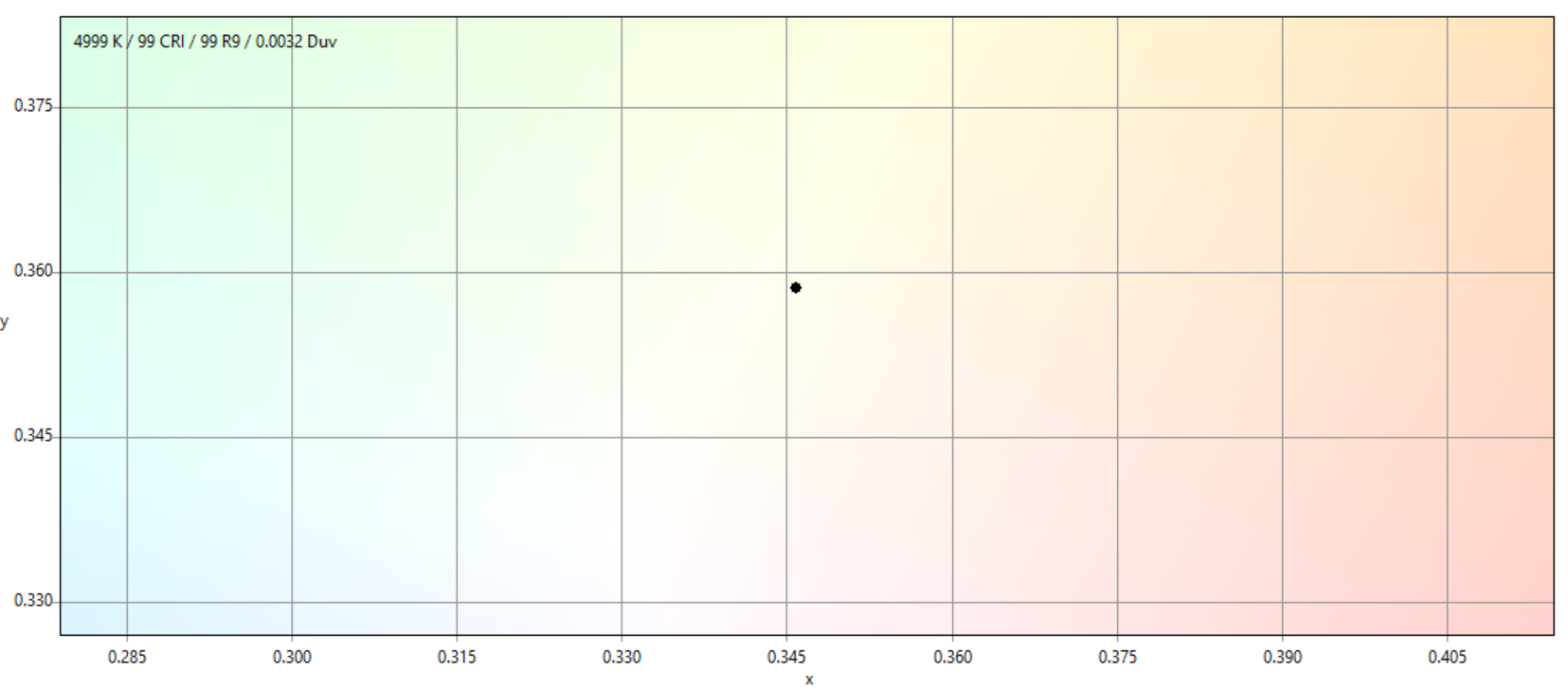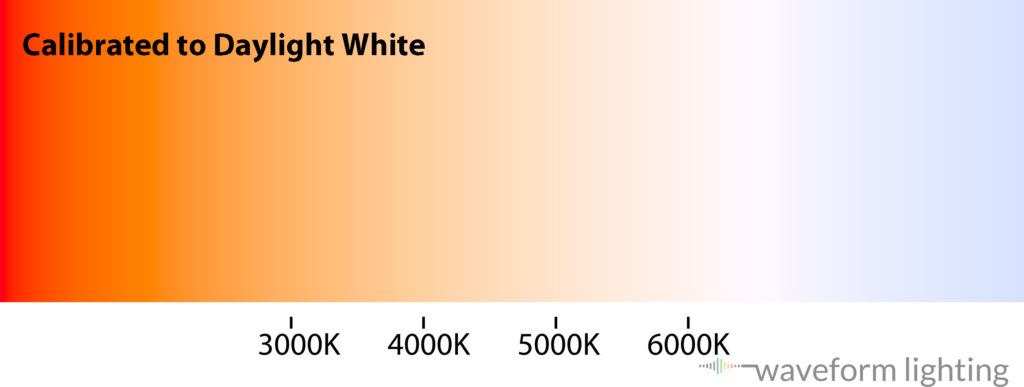
Do 5000K bulbs give off a blue hue?
Do 5000K bulbs give off a blue hue?
5000K is commonly considered to be one of the standard color temperatures for "daylight calibrated" light sources. While this may be an objective requirement for applications such as color matching and artwork production, full-spectrum daylight lamps can also be used in residential or commercial spaces where a more subjective, "look and feel" of natural daylight is desired.
Perhaps you're excited about adding some brightness to your home and are looking at 95 CRI daylight color temperature lamps. On the other hand, you may have had prior experiences with "daylight bulbs" which cast a slightly unpleasant blue hue, and want to make sure you avoid that. You're thinking perhaps a 95 CRI 5000K lamp such as the CENTRIC DAYLIGHT A19 bulbs would be best, but want to know if 5000K bulbs give off a blue hue. Read on to hear our perspective!
5000K is Not Objectively "Blue"
While this post is more about the subjective appearance of 5000K lamps and whether they appear blue, we will start with a quick overview of the technical spectral and chromaticity output of a 5000K light source, as this will help contextualize our subsequent discussions.
Below are charts which show a 5000K color point, calibrated to the D50 daylight standard. In the first chart, the dot below illustrates the approximate color appearance of the 5000K color point. You will see that the dot is nowhere near blue - if anything, it has a slight yellow hue to it.

The second chart (below) is the D50 daylight (5000K) light source's spectral power distribution. At a basic and intuitive level, you can consider this chart to demonstrate the relative amounts of each color across the visible wavelength. Unlike 6500K, you will see that the 5000K has a very flat and balanced spectral output.

This is a somewhat cursory analysis, but an objective and technical look at the 5000K color point would suggest that a 5000K light source would not appear blue. But is this necessarily true when we consider the subjective experience?
Subjectively, 5000K Can Appear Blue in Comparison
The human vision system, or more accurately, the human brain, is always performing subconscious color calibration based on ambient lighting conditions. What this means is that what we perceive as being a "true white" light color would depend on the ambient lighting conditions.
You may have experienced this first-hand without knowing it, and the following example may help illustrate this point. During daytime hours, our vision is typically calibrated to daylight color temperatures as being "true white." On an overcast day, for example, you might point to a cloud say that it appears truly white. Let's suppose you then return home and turn on your indoor lamps, which are warm white, say 3000K. Compared to the daylight lighting conditions you're accustomed to, the indoor lamps are likely to appear very yellow or orange to you - perhaps even unnatural.
Below is a computer display representation of what various color temperatures might look like if your eyes are calibrated to daylight color temperatures. Light sources at 3000K will appear very yellow or orange, while the natural daylight at 6500K appears white.

Next, imagine several hours pass and the sun goes down. Those same 3000K warm white lamps will now suddenly appear much whiter and pleasant. They're the exact same bulbs, but because the ambient daylight is now gone, the strong yellow and orange hues are no longer as strong or even noticeable. Because your eyes have adjusted to evening lighting conditions with warm white ambient lighting, and this change in appearance is due to this recalibration.
The graphic below is similar to the one above, but illustrates how the various color temperatures would appear if your eyes are calibrated closer to a warm white color point. Critically, you will see that 5000K could potentially appear blue.
There are several takeaways here, which are all key factors in answering our question of whether 5000K might appear blue.
- 5000K lamps are less likely to appear blue during daytime hours, since our eyes are likely calibrated to outdoor lighting conditions
- 5000K lamps are more likely to appear blue during evening hours, as our eyes are likely calibrated to ambient light of warmer color temperatures, especially in residential settings
- 5000K lamps are more likely to appear blue when compared to light sources of lower color temperature. For example, a 5000K lamp will appear bluer next to a 2700K lamp, rather than a 3000K lamp.
- While a 5000K lamp may initially appear blue, because it is objectively not blue, your eyes will likely quickly adjust and recalibrate to the daylight color point.
Mind the Kruithof Curve
We'll finish up with a few pointers on brightness, as this can potentially affect the appearance and apparent color of a 5000K lamp.
Theoretical and empirical research suggests that we generally find low brightness environments pleasing under low color temperatures, while high brightness environments tend to be more pleasing under higher color temperatures.
This relationship is named the Kruithof curve, named after the Dutch physicist Arie Anders Kruithof who studied this phenomenon.
For color temperatures of 5000K, an illuminance level of 30 footcandles (300 lux) would be the recommended minimum. Otherwise, the space may appear unnaturally blue, dull and unpleasant. (Our lumen estimation calculator provides estimates on footcandle values based on square footage and lamp count).
In other words, be sure to not only get the correct lamp color, but make sure you get enough of it as well, to ensure that your 5000K lamps don't disappoint!
In Conclusion
In this blog post, we reviewed both the objective and subjective aspects of 5000K lamps and whether they may appear blue. Although they are not objectively blue, certain ambient lighting conditions, especially during evening hours, may result in a 5000K lamp appearing blue. Ensuring that you have a sufficient level of brightness is also a key factor in ensuring that 5000K light looks good and feels natural.
Waveform Lighting is one of the few companies that manufactures daylight calibrated 5000K lamps which also feature 95 CRI, flicker free performance at 5000K. Browse our various lines of A19 and T8 lamps to see our range of options for commercial, professional and residential installations.
Finally, lighting is a very subjective and personal experience, so we can't guarantee that our analysis here will line up exactly with how you personally see or feel the 5000K color emitted from our lamps. For this reason, we strongly encourage customers to try out any new 5000K lamp and test them at various times, including daytime and evening hours. If at any point during the first 30 days you feel that the 5000K lamps aren't for you, take advantage of our free returns policy to have us pay for return shipping and offer a full refund.
Other Posts
Browse Waveform Lighting Products
A-Series LED Bulbs
Our A19 and A21 lamps fit in standard lamp fixtures and are perfect for floor and desk lamp fixtures.
Candelabra LED Bulbs
Our candelabra LED bulbs offer soft and warm light output in a decorative bulb style that fits E12 lamp fixtures.
BR30 LED Lamps
BR30 lamps are ceiling lamps that fit in residential and commercial fixtures with 4-inch or wider openings.
